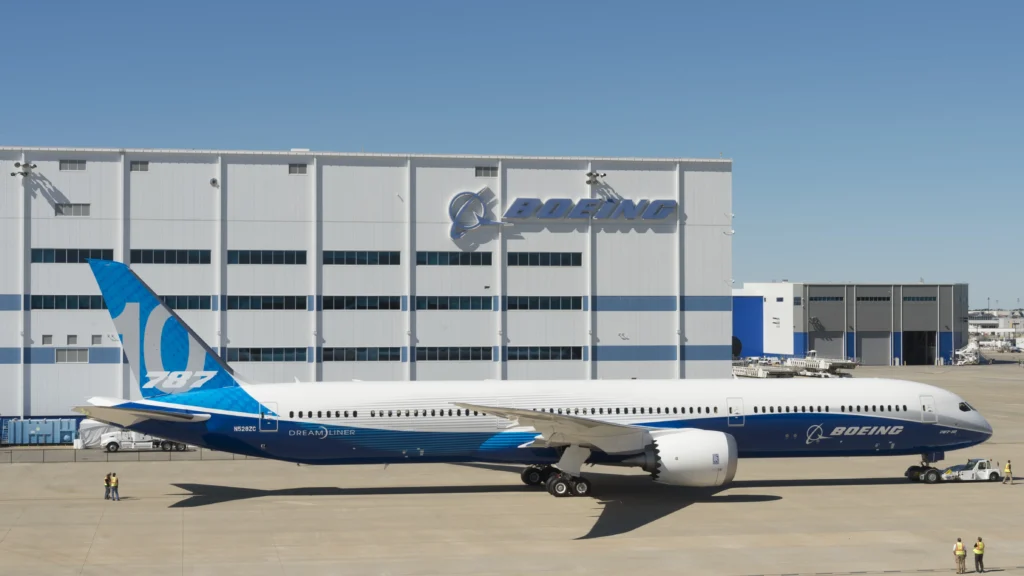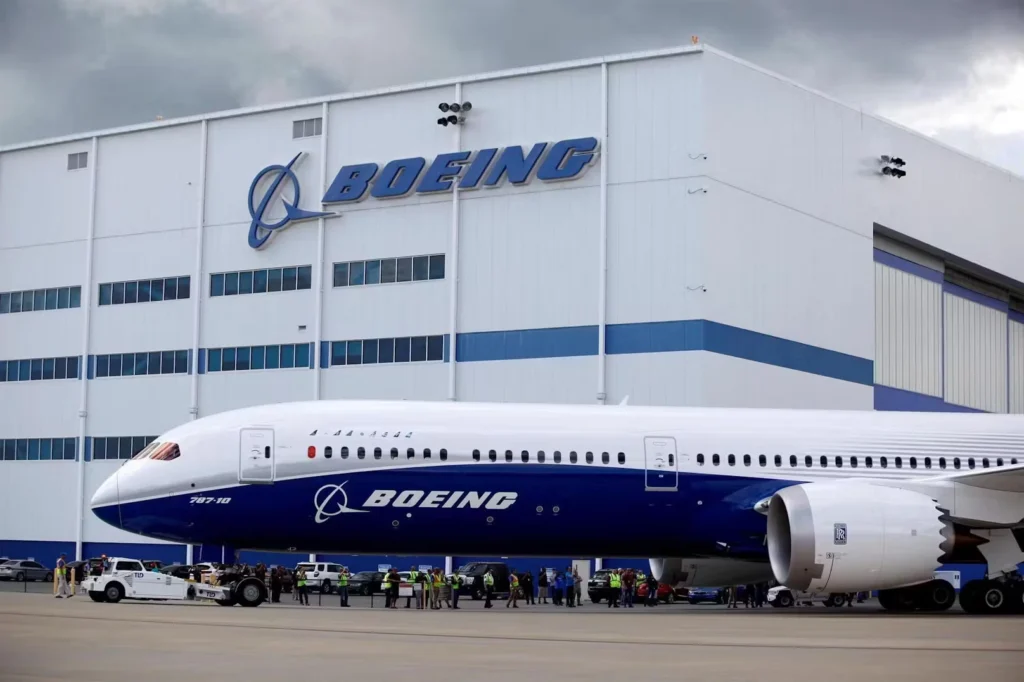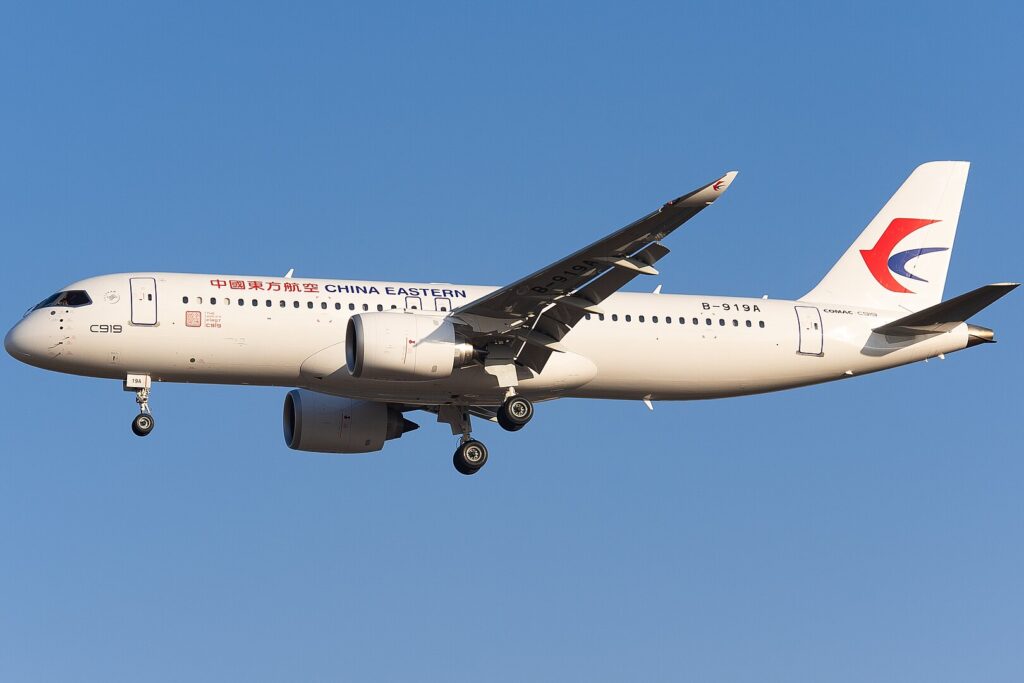
Zhou Ming, the top engineer credited with developing critical industrial software for aircraft such as Boeing 787 and Airbus A380, has officially left his executive role at US-based engineering giant Altair to join the Eastern Institute of Technology in China.
He will serve as chair professor and the first dean of the College of Engineering in Ningbo, where he is tasked with building a world-class research team dedicated to advancing engineering software and optimization design technologies.
 Photo: Boeing
Photo: BoeingZhou Ming’s Strategic Return to China
Zhou Ming’s decision marks a significant shift in the global aerospace and engineering software landscape.
After decades of professional achievements abroad, including senior leadership at Altair, he has chosen to return to China to focus on nurturing talent and advancing independent innovation in high-end manufacturing.
According to SCMP, Zhou is expected to leverage his global expertise to strengthen China’s competitive edge in advanced engineering and computational science.
The Eastern Institute of Technology described his appointment as central to its mission of establishing cutting-edge research facilities and enhancing China’s self-reliance in engineering technologies.
Zhou has already begun assembling a research team with a focus on simulation-driven design, topology optimization, and software applications for aerospace, automotive, and energy industries.
 Photo- Heute; Wikimedia Commons
Photo- Heute; Wikimedia CommonsAcademic Journey
Zhou Ming’s career began with a decade of intensive study at Beihang University, China’s premier institution for aerospace engineering.
In 1988, he moved to Germany to pursue doctoral and postdoctoral research at the University of Duisburg-Essen, where he specialized in structural mechanics and optimization.
This academic foundation enabled him to pioneer advancements in topology optimization, a field that inverts conventional design by generating optimal layouts through computational simulation rather than traditional computer-aided design.
In 1998, Zhou joined Altair, where he integrated theoretical research into industrial applications.
Over the years, he rose to global senior vice president and chief engineer, directly contributing to the design of iconic aircraft such as the Boeing 787 and Airbus A380.
His innovations extended beyond aerospace, influencing sectors like energy, supercomputing, and automotive manufacturing.
 Boeing_787_Dreamliner_with_Airbus_A380 photo- Niklitov wikimedia commons
Boeing_787_Dreamliner_with_Airbus_A380 photo- Niklitov wikimedia commonsContributions to Engineering Software
At Altair, Zhou was instrumental in driving the shift from computer-aided design (CAD) to computer-aided engineering (CAE).
By embedding simulation-driven generative design, his work enabled the creation of lightweight, structurally efficient aircraft and vehicles. This approach is now essential for industries seeking performance efficiency and fuel savings.
Zhou’s achievements were recognized earlier this year when he was elected to the US National Academy of Engineering for his pioneering contributions to topology optimization and simulation-based generative design.
He also serves as editor-in-chief of the International Society for Structural and Multidisciplinary Optimization’s official journal, further solidifying his influence in the global engineering community.
Eastern Institute of Technology
The Eastern Institute of Technology, a newly established private university in the Yangtze River Delta near Shanghai, has set ambitious goals.
Despite having a small first undergraduate cohort of just 70 students, it boasts a faculty roster of highly ranked professors.
Zhou is its 16th academician-level recruit, underscoring the institution’s drive to become a leader in engineering and innovation.
The university plans to create a start-up ecosystem within its campus to support applied research and entrepreneurial ventures.
With Zhou leading its College of Engineering, the institute aims to position itself as a hub for next-generation technology development and global collaboration in scientific research.
 Photo: By N509FZ – Own work, CC BY-SA 4.0, https://commons.wikimedia.org/w/index.php?curid=127030905
Photo: By N509FZ – Own work, CC BY-SA 4.0, https://commons.wikimedia.org/w/index.php?curid=127030905Future Outlook
Zhou’s move is viewed as both a strategic gain for China and a notable shift in international talent mobility.
His focus on core engineering software will not only support China’s high-end manufacturing industry but also accelerate breakthroughs in design automation, aerospace engineering, and renewable energy systems.
By uniting advanced research with practical applications, Zhou’s leadership is expected to train a new wave of engineers while shaping China’s long-term competitiveness in industries heavily reliant on simulation and computational science.
His return signals the increasing importance of global knowledge transfer and the growing role of Chinese institutions in attracting top scientific talent.
Stay tuned with us. Further, follow us on social media for the latest updates.
Join us on Telegram Group for the Latest Aviation Updates. Subsequently, follow us on Google News
Top 10 Airlines Flying Airbus A380 in the World in 2025
The post Boeing 787 and Airbus A380 Design Engineer Leaves US to Join China appeared first on Aviation A2Z.
















